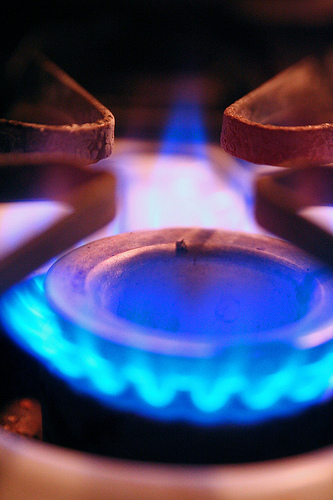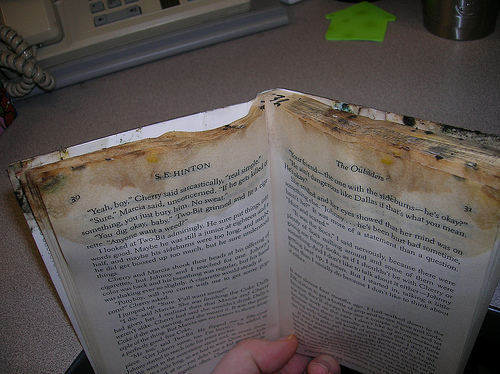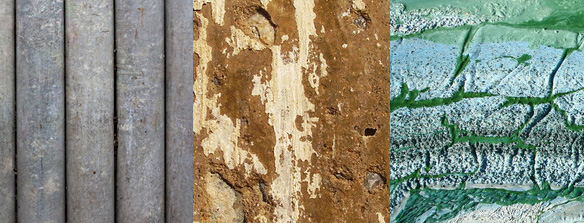Did you know that there are pollutants in the air in your home right now? We often don’t think of them as they are difficult to detect. But indoor air pollution is a real threat, especially to the respiratory system. Indoor air pollution can vary from the rooms in your house to the area that you live in. It can come from outside, or from sources inside the home. Here is a list of 5 common air pollutants you might be exposed to right now in your own home.
1. Radon
Radon is a noble gas that is radioactive, odourless, colourless, and tasteless. It comes from the decay of radium and uranium. The presence of radon in buildings is from natural sources. Levels are higher in confined spaces, such as basements and attics.
The danger of radon is that it’s the main factor in a person’s exposure to radiation. It is released naturally through soil and rocks that contain radioactive material. When radon enters the body and breaks down, radiation is released and causes radiation-induced lung cancer.
It is important to know the levels of radon produced in the area around you. Certain areas contain higher levels of radioactive material than others.
2. Carbon Monoxide and Nitrogen Dioxide

Image source: Steven Depolo
Carbon Monoxide (CO) and Nitrogen Dioxide (NO2) are two of the most common pollutants found in households. They’re poisonous to us and both are released when things are burned. Appliances that burn wood, oil, kerosene, and coal should be well ventilated by a window or a fan. Indoor smoking also increases the levels of these toxins in a building. Outdoor sources of these compounds, from natural sources or man-made ones, such as car engines or factories, can also affect the concentration inside your home.
CO is a colourless and odourless gas so it is very hard to detect without a CO monitor. When present in smaller concentrations, it can cause symptoms such as persistent headaches, lightheadedness, depression, confusion, memory loss, nausea and vomiting. When present in larger amounts, it can cause death and is known as the silent killer because it is so hard to detect.
NO2 is more easily detectable in the air by its odour and red-orange colour. Effects of NO2 poisoning are decreased lung capacity, irritability of the lungs, and an increased risk of other respiratory problems.
3. Asbestos
Asbestos is a material that was commonly used in building materials before the 1980’s. However, it can still be found today in older homes. Asbestos can be found in many places in the home.
Tiny, crystalline asbestos fibres are released into the air when these materials are damaged. When these particles are breathed in, they can cause severe damage to the lungs and serious health problems, such as lung cancer, and diffuse pleural thickening (when the walls of your lungs harden from scars caused by asbestos).
4. Mould

Image source: Enokson
Mould is often overlooked as many people don’t know about it. Mould spores can be found everywhere. These spores can land on objects and grow where there is a source of nutrients and moisture. Things in your home mould can grow on include food, walls, carpets, paper, sponges, cloth, and wood.
As mould is breathed in, it can cause respiratory problems. Get an air quality test ASAP if someone in your household is having unexplained chest colds, or other respiratory problems, that won’t go away.
Fight mould by developing certain habits to improve ventilation and decrease moisture in your home.
5. Biological Pollutants: Mites, bacteria, viruses, pollen, animal dander
In addition to mould, there are other biological pollutants that trigger allergic reactions and asthma. Symptoms can worsen with continued exposure.
Animals such as dust mites, bacteria, and rodents can leave allergenic waste products. Pet dander and pollen can invade the air and cause allergic reactions. Bacteria and viruses can present themselves from a wide variety of sources and can cause different conditions and health complications.
Upholding a certain level of hygiene is extremely important. Make sure to wash bedding and clothes on a regular basis, vacuum and dust regularly, and keep your home well ventilated.
In all of the above cases, if you suspect an air pollutant or notice unexplained conditions that will not go away, get an expert to measure the air quality in your home and have the source of that pollutant removed as soon as possible.
Sources:
http://www.hc-sc.gc.ca/ewh-semt/air/in/poll/ozone/index-eng.php
http://www.hc-sc.gc.ca/ewh-semt/pubs/air/carbon_mono/index-eng.php
http://www.hc-sc.gc.ca/ewh-semt/air/in/poll/construction/index-eng.php
http://www.cpsc.gov/en/safety-education/safety-guides/home/biological-pollutants-in-your-home/
http://www.mnn.com/family/protection-safety/stories/7-reasons-to-consider-indoor-air-quality-testing












